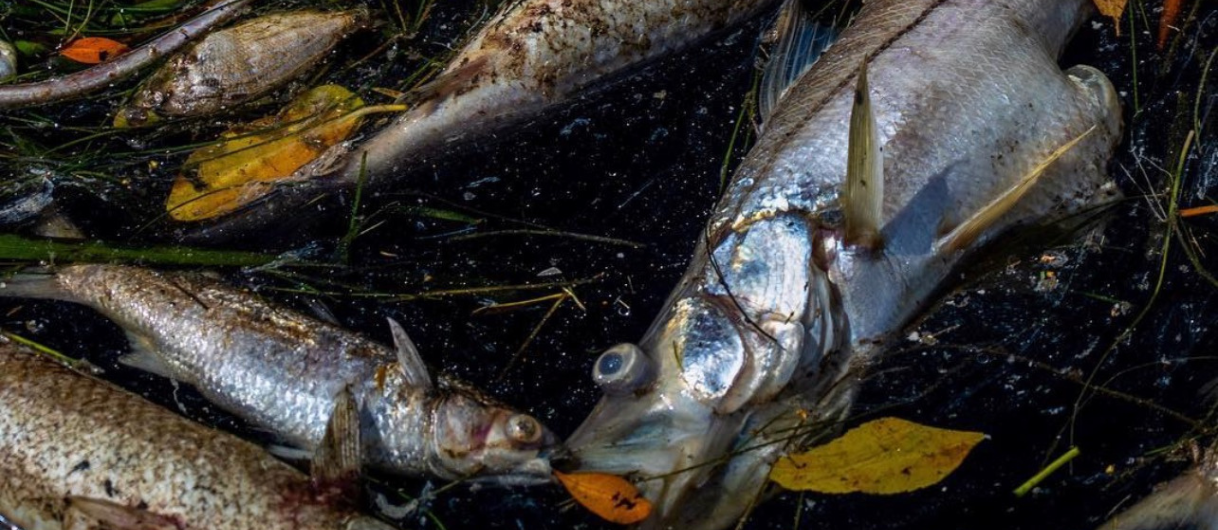As Lake O fills up, it’s time for Big Sugar to share some adversity
As Lake O fills up, it’s time for Big Sugar to share some adversity

Ever noticed that when Mother Nature — and Florida water managers — dole out adversity, Big Sugar is always at the back of the line?
It’s happening right now. After Hurricane Ian and then Hurricane Nicole slammed Florida, Lake Okeechobee began filling up — 16.22 feet as of this writing, higher than at this point last year.
The lake is still in what’s called the low lake management band, but the U.S. Army Corps of Engineers anticipates the lake will keep rising and enter the “intermediate” management band.
That could mean harmful discharges to both the east and west coasts. And that’s a problem.
The west coast, still struggling to recover from Hurricane Ian, is dealing with a ghastly red tide growing worse by the day. Fish kills and respiratory problems are proliferating. The red tide wasn’t caused by the storm, but all the pollution-laden runoff feeds the problem.
Understandably, folks on the west coast don’t want harmful Lake O discharges, and they’re asking the Corps to keep necessary “optimal” flows to 750 cfs (cubic feet per second).
But that may not drain as much water from the lake as water managers want. In which case — they could look east.
Corps officials say the current lake management plan calls for up to 1,800 cfs of releases at S80, the St. Lucie Lock and Dam. East coast stakeholders — including VoteWater — want the Corps to hold off.
It’s been nearly two years since the last round of discharges to the St. Lucie, and the estuary — its seagrasses and oysters — has bounced back. But Hurricane Nicole stirred up the water, triggering massive turbidity. Discharges, on top of this, could fall like a hammer blow.
And so where, you might ask, does Big Sugar fit into this process? As usual — it doesn’t.
Desperate to avoid discharges, east and west coast stakeholders asked Corps officials to send water south to the Everglades. But the STAs (stormwater treatment areas) and WCAs (water conservation areas) are full of runoff from the Everglades Agricultural Area south of the lake.
Think about that for a minute: As the west coast worries high-volume discharges will make the red tide worse, as the east coast tries to stave off discharges that might crush the St. Lucie — the vast sugar fields south of the lake are enjoying perfect drainage. Ideal growing conditions.
This is obscene.
But change can begin now.
The Corps must hold off on discharges to the estuaries; and if water must be released from the lake, it should go south, to the STAs and WCAs.
No room? Let’s reserve some. And as to what that means to the EAA, we’re confident damage would pale in comparison to harm inflicted on the coasts if all the lake water goes to tide.
Until Lake O begins to recede, we face a period of adversity.
It shouldn’t be borne entirely by those on the coasts. It must truly be shared.
For once.


